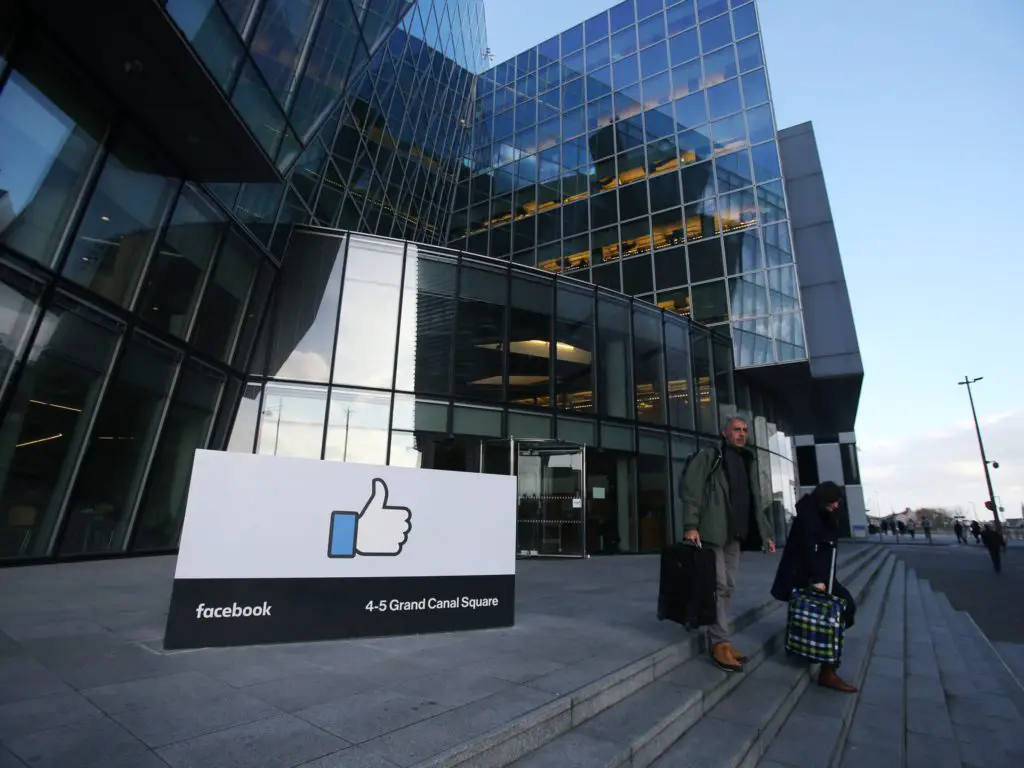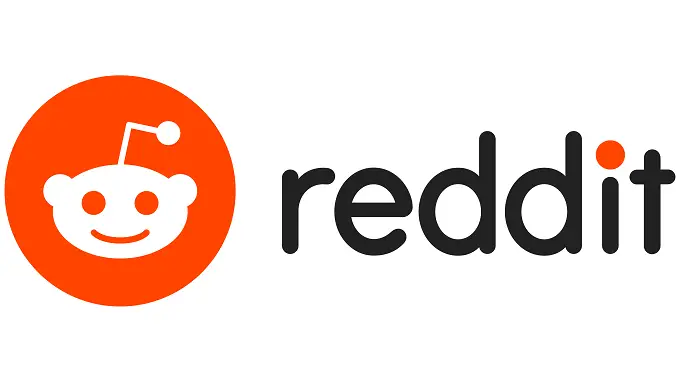Facebook Mission and Vision statement Analysis

Facebook is a popular social media platform founded by Mark Zuckerberg in 2004. It allows users to create profiles, connect with friends and family, and share content such as photos, videos, and status updates. Facebook has grown to become one of the largest social networking sites, with billions of active users worldwide. It has also faced scrutiny regarding privacy concerns and the impact of misinformation on its platform.
| Name | Facebook, Inc. |
| Industries served | Internet |
| Geographic areas served | Worldwide |
| Headquarters | U.S. |
| Current CEO | Mark Zuckerberg |
| Revenue | $ 5.08 billion (2012) |
| Profit | $ 53 million (2012) |
| Employees | 4,619 (2012) |
Facebook Mission Statement
Facebook’s mission statement is: “To give people the power to build community and bring the world closer together. People use Facebook to stay connected with friends and family, to discover what’s going on in the world, and to share and express what matters to them.”
Facebook’s mission statement reflects the company’s overarching goal and purpose. Let’s analyze it:
- “To give people the power to build community“
Facebook aims to empower individuals to create and foster connections with others. It provides a virtual platform where people can come together, interact, and form communities based on shared interests, beliefs, or relationships.
- “To bring the world closer together“
Facebook seeks to bridge geographical and cultural gaps by facilitating global communication and interaction. It envisions a more interconnected world where individuals from diverse backgrounds can connect, share experiences, and foster understanding.
- “People use Facebook to stay connected with friends and family“
Facebook recognizes the significance of personal relationships and acknowledges its role in facilitating and maintaining those connections. It provides a space for users to engage with their loved ones, regardless of physical distance.
- “To discover what’s going on in the world“
Facebook acknowledges its role as a platform for news and information dissemination. It aims to keep users informed about current events, trends, and developments, enabling them to stay updated and engaged with the world around them.
- “To share and express what matters to them“
Facebook promotes self-expression and the sharing of personal experiences, ideas, and beliefs. It encourages users to express themselves authentically, fostering a sense of individuality and creating opportunities for dialogue and understanding.
To put it short, Facebook’s mission statement highlights its commitment to facilitating connectivity, community building, and global understanding. It emphasizes the importance of personal connections, staying informed, and enabling individuals to express themselves freely.
Facebook Vision Statement
Facebook’s vision statement is to “Create a world where people can share anything they want with anyone they want.”
Facebook’s vision reflects the company’s desired future state and its aspirations.
- “Create a world“: Facebook envisions a broad and far-reaching impact, aiming to shape the global landscape of communication and sharing.
- “Where people can share anything they want“: Facebook envisions a platform that allows users to freely share a wide range of content, including personal experiences, thoughts, opinions, photos, videos, and more. The emphasis on “anything” suggests inclusivity and a desire to provide users with a platform for unrestricted self-expression.
- “With anyone they want“: Facebook envisions breaking down barriers and facilitating connections beyond geographical, cultural, and social boundaries. It strives to create a space where users can share their content with individuals of their choosing, regardless of physical proximity or other limitations.
Facebook’s vision statement paints a picture of a highly open and interconnected world where individuals have the freedom to share and express themselves without limitations. It emphasizes the company’s commitment to providing a platform that promotes free expression, fosters connections, and enables global communication. However, it is worth noting that achieving this vision also raises important considerations around privacy, security, and the responsible use of the platform to prevent misuse or harm.
Facebook Core Values
Facebook’s core values are: “Be bold, focus on impact, move fast, be open, and build social value.”
Let’s analyze Facebook’s core values:
- Be bold
This core value encourages employees to think outside the box, take risks, and be innovative. It emphasizes the importance of pushing boundaries, challenging conventions, and seeking new opportunities for growth and improvement.
- Focus on impact
Facebook values the ability to make a meaningful difference in the world. This core value emphasizes the importance of prioritizing actions and decisions that have a positive and measurable impact on users, communities, and society at large.
- Move fast
Facebook values agility and speed in decision-making and execution. This core value reflects the fast-paced nature of the tech industry and emphasizes the need to respond quickly to market changes, user demands, and emerging trends.
- Be open
Facebook emphasizes transparency, collaboration, and open communication. This core value encourages employees to share ideas, knowledge, and feedback openly, fostering a culture of inclusivity, trust, and continuous learning.
- Build social value
This core value highlights Facebook’s commitment to creating a positive social impact. It reflects the company’s belief in leveraging its platform and resources to address social issues, promote social good, and contribute to the well-being of individuals and communities.
Overall, Facebook’s core values reflect a company culture that values boldness, impact, agility, transparency, and social responsibility. These values shape the behaviors and decision-making processes within the organization and guide Facebook’s overall mission to connect people, foster communities, and facilitate meaningful interactions. It is important to note that these values are subject to interpretation and should be balanced with considerations of ethics, user privacy, and the potential impact of Facebook’s actions on society.
Facebook Mission Statement History
Mission statement history of Facebook:
- Current Mission (2017-2023)
“To give people the power to build community and bring the world closer together. People use Facebook to stay connected with friends and family, to discover what’s going on in the world, and to share and express what matters to them.“
- 2012-2017
“To give people the power to share and make the world more open and connected.“
- 2004-2017
Facebook’s early mission statement was more focused on the functionality of the platform and its target audience. While not explicitly stated, it aimed to provide a social networking service for Harvard University students initially and later expanded to other universities and beyond.
The mission statement of Facebook has evolved over time to reflect its expanding user base, changing priorities, and vision for the platform. Starting with its early focus on connecting university students, Facebook’s mission gradually broadened to emphasize the power of sharing and openness and, ultimately, the importance of building global communities and bringing people closer together.
Key Takeaways
In conclusion, Facebook has played a significant role in revolutionizing how people connect, share information, and build communities online. Its mission statement and core values have evolved over the years to reflect its commitment to empowering individuals, fostering connectivity, and making a positive impact on society.
From its early days as a platform for university students to its current global reach, Facebook has continuously adapted to the changing needs and expectations of its users. However, as Facebook continues to shape the digital landscape, it faces ongoing challenges related to privacy, misinformation, and responsible platform governance. The future of Facebook will depend on its ability to address these concerns while staying true to its mission of bringing people together and facilitating meaningful connections.
References
- Bart, C. K. (1998). Mission matters. The CPA Journal, 68(8), 56-57.
- Dermol, V. (2012). Relationship between mission statement and company performance. Analele Ştiinţifice ale Universităţii» Alexandru Ioan Cuza «din Iaşi. Ştiinţe economice, 59(1), 325-341.
- Eși, M. C. (2014). The mission statement of the business organisation by reference to the economic market requirements. The USV Annals of Economics and Public Administration, 14(2 (20)), 131-138.
- Facebook – Facebook Business.
- Kaufman, R., Watkins, R., Sims, L., Crispo, N. S., Hall, J. C., & Sprague, D. E. (1997). Cost‐consequences analysis: A case study. Performance Improvement Quarterly, 10(3), 7-21.
- Kaufman, R., Watkins, R., Stith, M., & Triner, D. (1998). The changing corporate mind: Organizations, vision, missions, purposes, and indicators on the move toward societal payoffs. Performance Improvement Quarterly, 11(3), 32-44.
- Kirkpatrick, S. A. (2017). Understanding the Role of Vision, Mission, and Values in the HPT Model. Performance Improvement, 56(3), 6-14.
- Kreutzer, R. T. (2019). Vision, Mission, and Goals. In Toolbox for Marketing and Management (pp. 33-48). Springer, Cham.
- Li, S. T. T., Frohna, J. G., & Bostwick, S. B. (2017). Using your personal mission statement to INSPIRE and achieve success. Academic Pediatrics, 17(2), 107-109.
- Meacham, J. (2008). What’s the Use of a Mission Statement?. Academe, 94(1), 21-24.
- Molloy, P. L. (1998). A review of the Managerial Grid Model of Leadership and its role as a Model of Leadership Culture. Aquarius Consulting, March, 30.
- O’Gorman, C., & Doran, R. (1999). Mission statements in small and medium-sized businesses. Journal of Small Business Management, 37(4), 59.
- S Eric Anderson Ph.D., M. B. A., & Brad Jamison Ph.D., M. B. A. (2015). Do the top US corporations often use the same words in their vision, mission and value statements?. Journal of Marketing and Management, 6(1), 1.
- Sengupta, S., & Sahay, A. (2017). Comparing mission statements of social enterprises and corporate enterprises in the new and renewable energy sector of India: A computer-aided content analysis study. Journal of Global Entrepreneurship Research, 7(1), 21.
- Utz, S., Muscanell, N., & Khalid, C. (2015). Snapchat elicits more jealousy than Facebook: A comparison of Snapchat and Facebook use. Cyberpsychology, Behavior, and Social Networking, 18(3), 141-146.
- VISION, L., & TODAY’S, S. A. C. R. I. (1996). Demystifying the development of an organizational vision. Sloan management review.












Personally speaking with my experience with Facebook Inc. I trust the reliability of the platform’s convenient functionalities in the context of long-distant abilities/disabilities in connectivity in chat formation. It has really connected me with family and friends around the community, city, who I may have difficulties communicating with via meetings face-to-face.. for example, (professionalism &/ personalism) in my day-to-day schedule. It has given me a platform in which I am able to freely express my persona in whichever narrative I choose my story at that moment in time to be, letting my audience see another window of a dimension of myself to be or not to be, which adds to the resiliency & diversity of and the natural essence which includes “Emoticons” = Expression of my emotions representing my feelings & so on & so forth, I choose whether my posts/postings are revealed to just “myself” or to the rest of the “Public” or “World”. It has build a sense of confidence, and hope for a adult-middle-aged person (such as myself) to see another perspective of self that for example, looking back on “posting history” and looking back through a timeline of my recent or most “eldest” postings.. that I finally see how I have changed in the past year to year… personally it has helped me with my goals short term &/ long-term. Thank-you.
P.S. : In my assumption what Facebook Inc. has created in its billions of social media users via the world, wide, web in comparison (for example, as in, imagine billions of people meeting on a day-to-day basis, which we take into account mode of transport, $$$, space, & time…etc.., Facebook in my humble opinion saving the natural world; An innovative idea of a simple social network platform that is able to develop and continue to grow as users choose to or not to use (user-friendly), with very little to no “carbon footprint” which is the “total greenhouse gas” (GHG) emissions, which would be an example of 1 factor out of many in the effects of our o-zone layer by which “we” as human beings should be more mindful in disadvantaging for the sake of our future generations to come, not to mention how the evolution of Facebook Inc. has created numbers of jobs for many people who need it most during these unprecedented times in different markets in the Economy making it “Ecofriendly”, & “Marketable” to the point where advertising a “product/good(s)” is profitable to a consumer’s perspective in conjugation along with a buyer, seller etc… I would assume to a certain “regulation”, and I’m not only talking about online The world wide web (www.), but also Facebook Inc. functionalities: Pun or no pun intended, from the limitations, extensions to the dissemination of information in confidence to their social clique of networks, interconnectivity of links to which leads to another etc…
“It’s mission statement is genuine, in my opinion, from a personal humanistic perspective.”
At the end of the day, it makes people happy… as in the “real world” meeting another human being also makes a person feel happy. Example: Social networking:=:Social bonding
– Nigel G., H.C.A